Do you know which word was chosen by the Collins Dictionary as the most searched word in 2021? NFT is the answer. In November 2021, the Collins Dictionary announced that the term “NFT” (the abbreviation for non-fungible token) saw an 11,000% growth in usage last year and thus won the title as the 2021 “Word of the Year.”
Collins defines an NFT as “a unique digital certificate … that is used to record ownership of an asset such as an artwork or a collectible.” Similar to Bitcoin, Ethereum, and other cryptocurrencies, NFTs are registered by a blockchain system that tracks transactions of value over the internet. With NFTs, digital assets – like GIFs, selfies, videos, illustrations – gain a seal of authenticity.
Widely considered a “tech hub,” Seattle opened the world’s first museum dedicated to the NFTs this year. The Seattle NFT Museum (SNFTM) opened in January and was founded by entrepreneurs Jennifer Wong and Peter Hamilton. The museum exhibits collectibles, sports, and art and aims to provide a space for artists, creators, and collectors to show their work.
According to the museum, NFTs are making a historic impact on art with more than $3.5 billion in sales in 2021 alone.
The experience
The word “museum” raises expectations, but upon entering the small space, in the heart of the city, I felt like I was in an art gallery. There are about 30 works displayed on large TV screens; some of them had moving images, though personally, it would have been nice to be able to interact with them.
I was pleasantly surprised by the number of women artists working with this type of art.
With my cell phone in hand, I looked around and asked myself, “Is this really the future of art?” I went further into my thoughts and tried to imagine the feelings of great Renaissance painters had they been there as well absorbing the “new age art.”
Knowing that this was impossible, I began to observe the few people who were there. It was a Sunday and there wasn’t much movement.
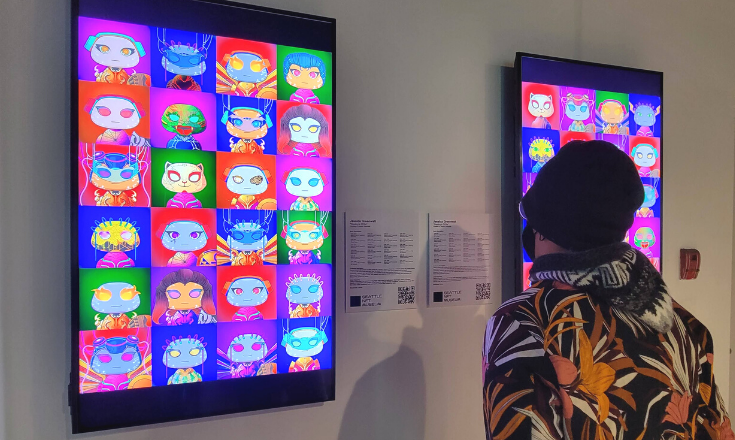
The visitors seemed to like what they saw but didn’t spend much time in front of the screens, and their entire tour generally didn’t last more than 20 minutes. One visitor commented that he thinks NFTs today are more of a “hype” and a “pump-and-dump” scheme – crypto market speculation – than an art revolution. He said he didn’t have much interest in this type of art, despite saying he enjoys the cryptocurrency market.
I think the most interesting thing about the museum is to encourage discussion about NFTs and digital art through events they regularly hold. Events that explore, for example, how photographers can tokenize their work to sell online and not worry about other people using it without permission, and workshops for those who want to start their own creations in the digital environment and in 3D style.
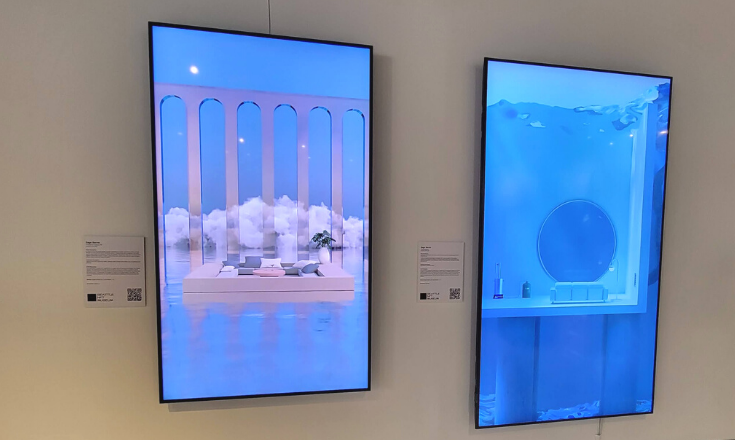
Hot topic with an uncertain future
NFTs really began to draw people’s attention when pieces were sold for exorbitant prices and aroused the interest of celebrities such as Justin Bieber, Reese Witherspoon, Kevin Hart, and Paris Hilton.
One of the highlights is the work “Everydays: The First 5000 Days” by artist Mike Winkelmann, otherwise known as Beeple. The piece is a collage of 5,000 digital images created by Winkelmann and was sold for $69 million – which seems like a lot for a JPEG file to most of us. The sale made history when it was auctioned and sold on the Christie’s website about a year ago.
Among the best sellers on the site is also the “CryptoPunks,” a series of digital characters resembling 8-bit video game art that was created by algorithms. By the beginning of the following year after the series release, the most wanted “punks” were selling for around $13,500.
But, of course, nothing still compares to the value of the “Mona Lisa” —Leonardo Da Vinci’s most famous painting — which is estimated to cost more than $850 million taking inflation into account.
“I think NFTs have the potential to not only be digital twins of what we consider art in physical form, but also expand what’s possible in terms of interacting with users, especially when we take into account recent new developments like Metaverse,” said Gabriel Costa, a Cloud Solutions architect. “You can be able not only to experience art analogous to what we have today in museums in a virtual world, but also to experience art in ways that we may not even be able to conceptualize today. For now, NFTs have a lot of speculation and will go through the hype cycle like any new technology, but the future could be of real value depending only on what we can build on top of that technology.”
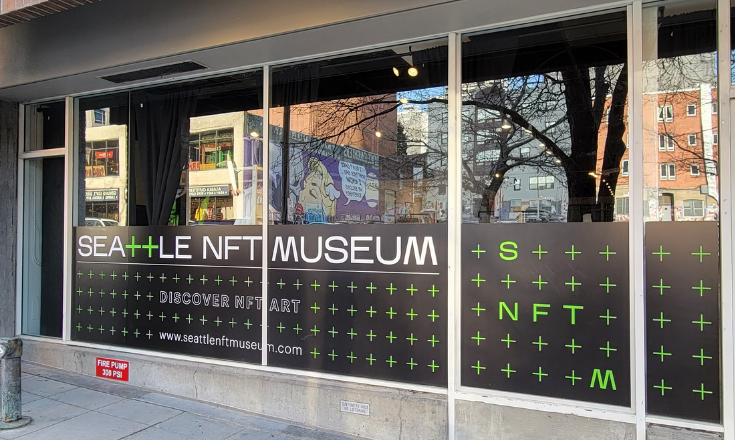
I tried to contact the founders of the museum to talk about the curation process and learn about their views on the future of the NFT and its developments as an art and even a career, but I have yet to receive a response.
The reality is that very few would likely be able to predict with certainty what the future of NFTs will be. But on the walls of the SNFTM, I might have found a clue.
“Only time will tell exactly where NFTs will take us, but the groundwork has been laid for providing provenance of digital assets for a civilization that continues to pursue a digital world,” a timeline on the museum walls reads. “Some futurists describe future a landscape where birth certificates and home mortgages live on the blockchain, and digital asset ownership expands beyond our cell phone screens and into the world around us.”
Only time will tell if NFTs are here to stay or if they will fade with the same speed that they emerged.
Author

Tássia is a Brazilian journalist who is learning and discovering English. She believes in the power of the mind and destiny. Sweets are her biggest addiction. Tássia is passionate about food, travel and writing about feelings and thoughts. Seniors have a big space in her heart and that's why she volunteers on a project focused on them. She loves changes and challenges, and that is what keeps her going.




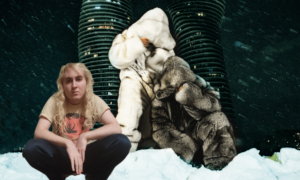
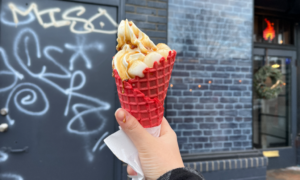





Be First to Comment